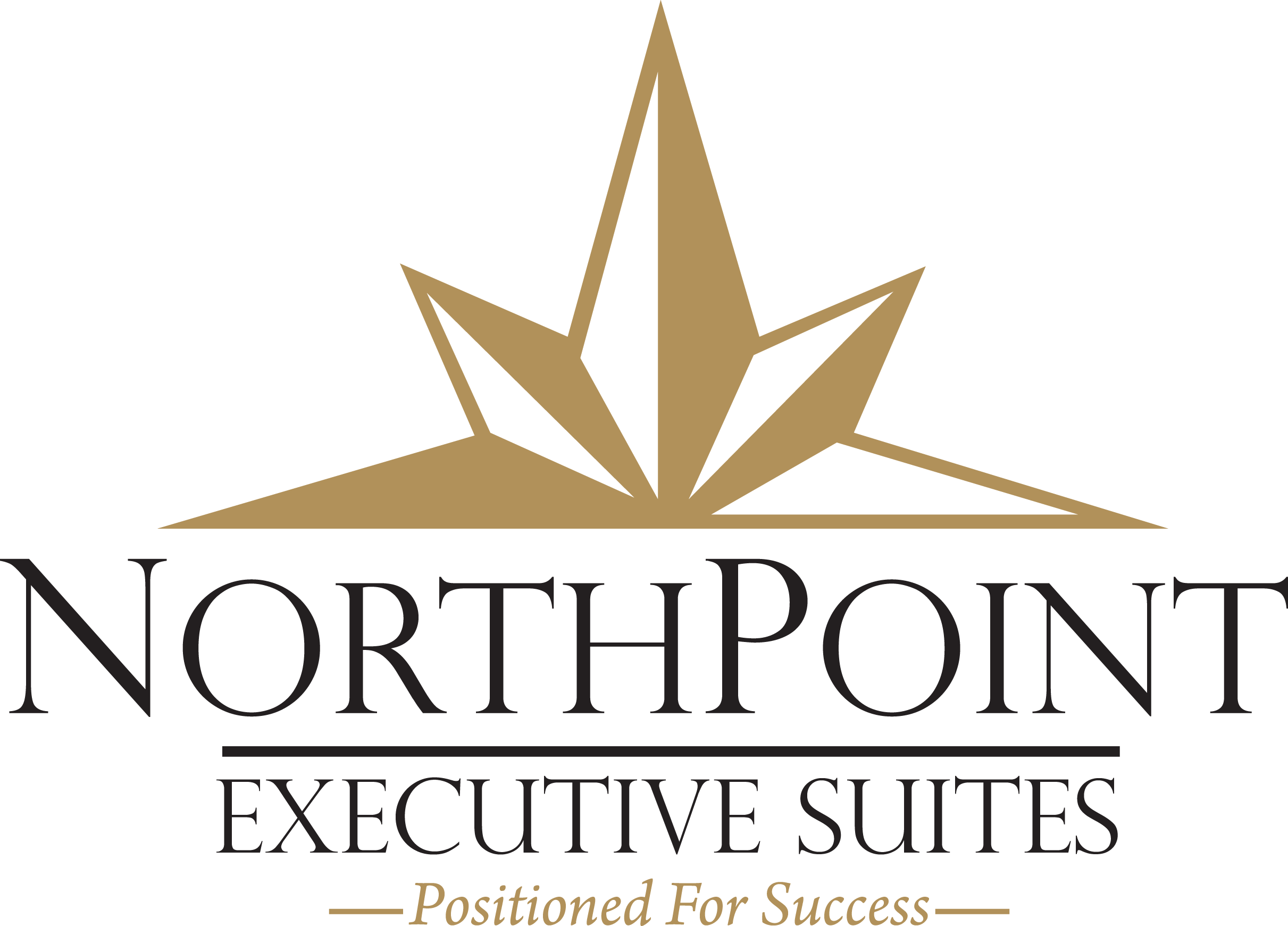The pandemic caused many businesses to shift to work at home operations. As shutdown mandates end a good percentage of firms continue to use the work at home model while some have moved toward a hybrid model combining home and office activities. Here’s a look at how to boost worker productivity for home, office or hybrid business models.
Maximum Output with Flexibility
The goal of increasing worker productivity must be tempered with an allowance for flexibility when implementing a hybrid model. Due to employees becoming comfortable working in a home environment, it’s important to adopt open-minded scheduling for maintaining worker loyalty and enthusiasm toward the company.
Managers must think about what types of work fit better for home or office tasks. While collaboration can still continue from home through cloud interaction, it can be more productive in an environment where coworkers can work more cohesively together. Collaborators in the same physical setting can get quicker answers to questions.
Using the hybrid model, the team can show up to the office on certain days for meetings and then complete assignments from home. At shared space meetings collaborators can engage in brainstorming sessions for creative problem-solving.
Supporting Employee Well Being
One of the common themes discussed by managers throughout the pandemic was concern for the well being of employees. There’s somewhat of a challenge to get some people to return to the traditional workplace environment after they enjoyed a year of working from home. In this sense a person’s domestic circumstances may affect their work performance. These employees need to be assured that employers care about their personal needs.
Three classes of workers are emerging in the post pandemic period: those ready to return to workplace norms, people who aren’t looking forward to such a return and others who are happy either way.
Offices designed for hybrid work can become more productive by setting up areas for headphone listening and work that requires intense focus. Another effective model for businesses to consider is developing satellite offices with a more decentralized structure. This model facilitates a more independent atmosphere.
Conclusion
In the post-pandemic era employers must rethink the workplace and its employees in order to build productive teams. Flexible scheduling and employee well being are now essential concerns for improving company output. Managers must unify employees by letting them know the company values their contributions, whether they are in-person or from remote locations.



You must be logged in to leave a reply.